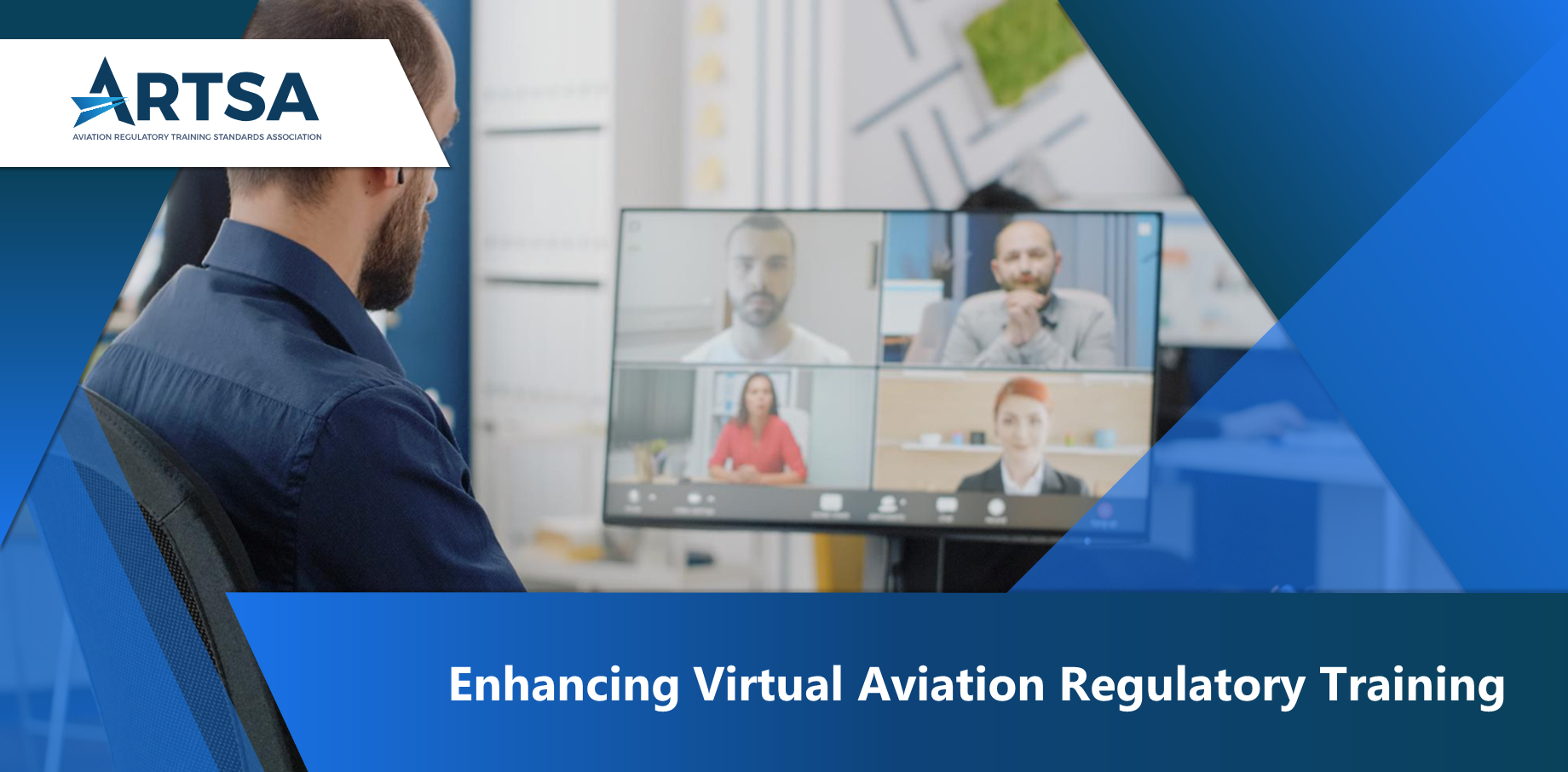
At ARTSA.aero, we are deeply committed to upholding the highest standards of aviation training. Our role in certifying and endorsing training programs is crucial in ensuring that aviation professionals receive the best education.
With the growing shift towards virtual learning environments, it is essential to ensure that these settings are as effective and engaging as traditional classrooms. We endorse and support best practices in virtual aviation regulatory training.
The ARTSA.aero Commitment to Quality Virtual Training
The transition to virtual learning offers many advantages, including flexibility and accessibility. However, it also presents unique challenges that must be addressed to maintain the quality of training.
At ARTSA.aero, we recognize that delivering practical virtual aviation regulatory training requires careful planning, appropriate technology, and adherence to specific criteria that foster an optimal learning environment.
Typical Criteria for Virtual Aviation Regulatory Training
Certain criteria must be met to ensure that virtual aviation regulatory training for small groups is effective and engaging.
These criteria are designed to replicate the benefits of face-to-face instruction while leveraging the advantages of the virtual environment.
- Interactive Learning Environment: Virtual classrooms should facilitate a dynamic and interactive learning experience. The instructor must encourage active participation, allowing students to engage in discussions, ask questions, and collaborate with peers. This interaction is critical to deep learning and mirrors the benefits of traditional classroom settings.
- Group Size and Communication: To maintain a high level of interaction, the recommended maximum group size for virtual instruction is 12 persons. This ensures that each participant can engage directly with the instructor and peers, fostering a more personalized learning experience.
- Real-Time Instructor-Led Sessions: Effective virtual training requires real-time, instructor-led sessions where students can interact, communicate, and discuss presentations. The instructor is essential in guiding the learning process, supporting group activities, and ensuring all students are actively involved.
- Reliable Record Keeping and Feedback: Training providers must maintain accurate attendance and participation records. A robust feedback system should also be in place, allowing students to provide input on the training content and delivery method. This feedback loop is essential for continuous improvement.
- Appropriate Use of Technology: The virtual classroom should have reliable technology that supports uninterrupted communication. Video and audio interactions are crucial for assessing non-verbal cues and maintaining a connection between the instructor and students. While smartphones may suffice for attending lectures, they are generally inadequate for presenting complex visual content.
- Engagement and Academic Effectiveness: Virtual training can be more taxing than traditional methods, so it’s crucial to design engaging sessions that are not long. Regular breaks should be incorporated to maintain focus and prevent fatigue.
- Attendance and Participation Management: In the event of technical disruptions or loss of communication, the training provider must have policies to manage these issues effectively. This includes procedures for re-involving participants and handling non-attendance in line with traditional classroom protocols.
- Examinations and Evaluations: When assessments are conducted in a virtual environment, it is crucial to ensure the identification of students. The examination process should be consistent and fair, utilizing tools like oral exams or standardized remote evaluations.
- Oversight and Quality Assurance: To maintain high standards and organizational compliance, quality assurance teams and regulatory authorities should have access to virtual classrooms. This allows them to monitor and sample the training to ensure it meets established criteria.
ARTSA.aero’s Role in Ensuring Effective Virtual Training
As a certifying body, ARTSA.aero’s endorsement of these best practices underscores our commitment to maintaining the highest standards in aviation training. We work closely with training providers to ensure that their virtual classrooms are equipped to deliver the same quality of instruction as traditional face-to-face settings.
By adhering to these guidelines, training providers can create an environment conducive to learning and capable of meeting the rigorous demands of aviation regulatory training. At ARTSA.aero, we are proud to support and endorse training programs that meet these high standards, ensuring that aviation professionals are well-prepared to navigate the complexities of their field.
